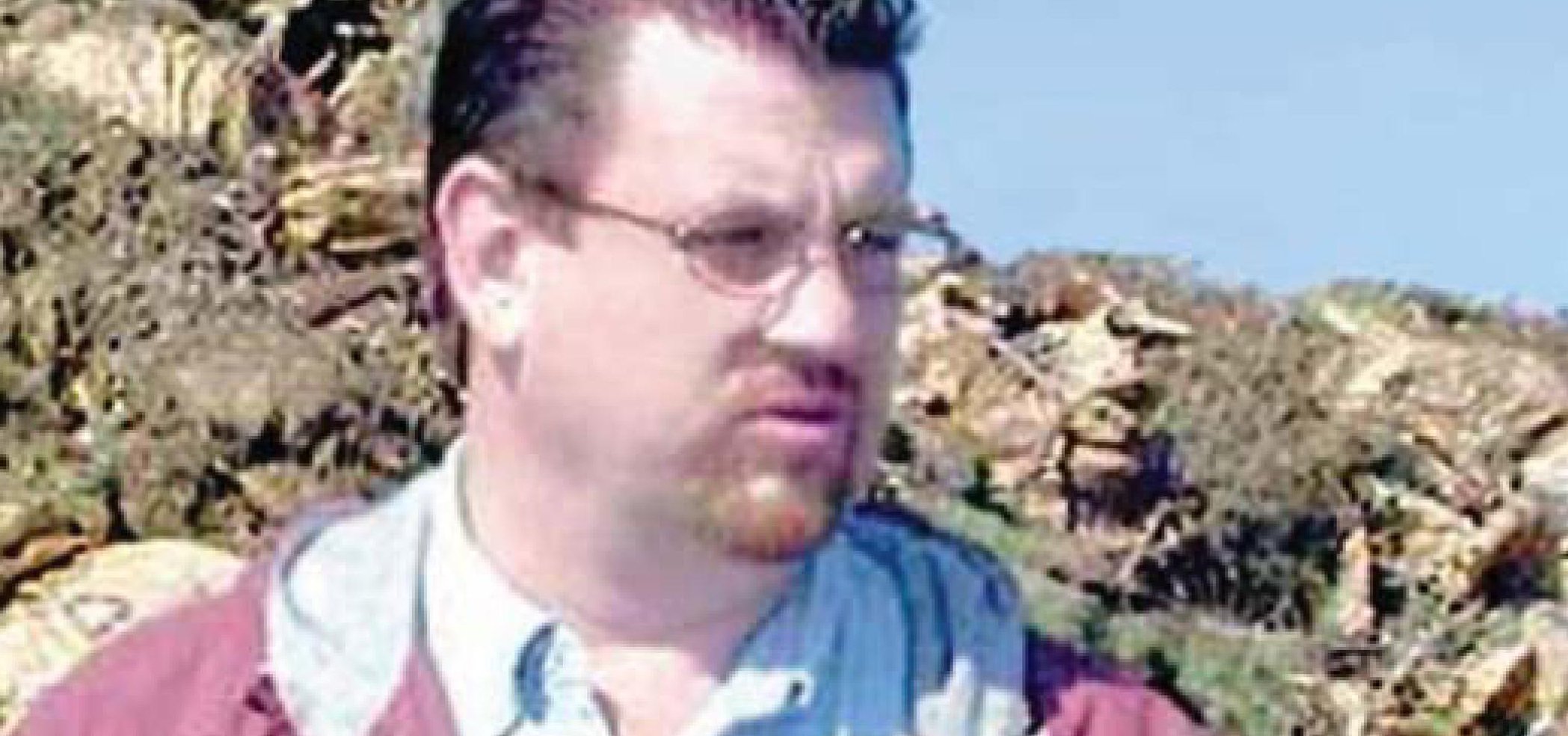
Bill Rowland
Yes, it has reduced our surveying costs, of course.You’ve told us before that the GPS Landfill System works great for shooting your outside slopes. Could you expand on that? What were you doing before?
In the past, the guys here would shoot it with a transit, then fill to that point, then shoot it again. The engineers would also come out twice a year and shoot a couple of different places.
Now the guys don’t have to go out and shoot the edge of the slope and continually monitor it that way – they have that information in the compactor and they can push the garbage to where they need to build the slope. It’s helped us keep a nice consistent side slope, let alone the top. They use the GPS to level it and allow for run-off.
You notice from a distance too. This is a hill in the middle of a lot of very flat land, and it’s very uniform now. I didn’t notice it being as uniform in past years.
In the past, we would take an aerial survey every two or three years, so we knew on average what we were getting in between surveys. Now we can at least be more precise, and know where we are, as far as density. It’s a big bonus, to be able to say how much waste we are getting in a certain area.
The operator can see on the monitor where they need to go. It’s very useful to see where their slopes need to be and where they need to compact. You can see exactly where you are and where you need to be.
We just finished the first phase of a brand new cell. When the DNR permits airspace, they only permit a section at a time. If we are permitted for 90 feel, we may only be allowed to fill 30 initially. The guys can very comfortably say they filled the new cell within four feet of the permitted airspace that we have. When we go back to fill in that small four foot lift, we will know exactly where to stop to no go over our permitted airspace.
